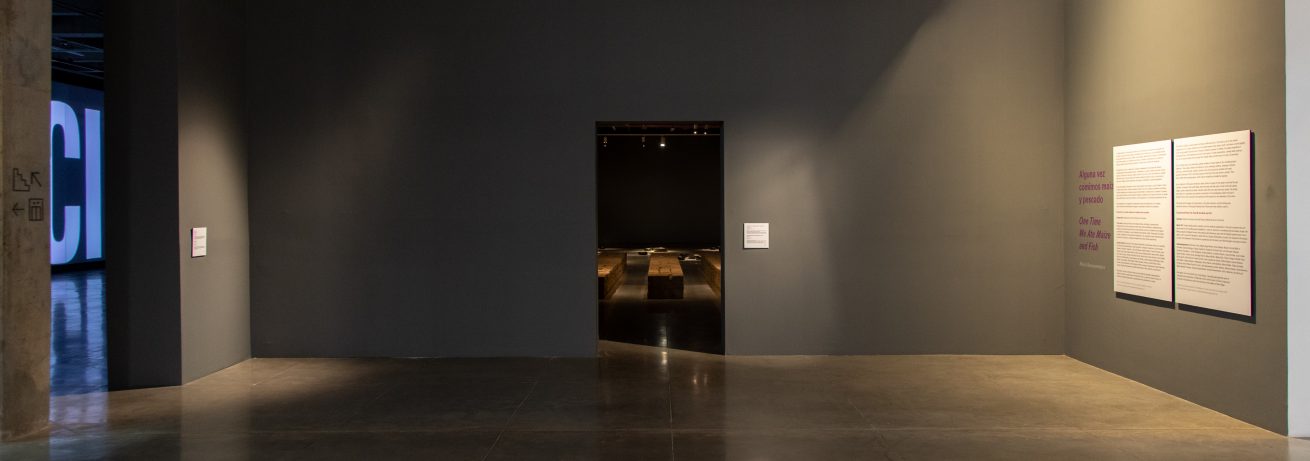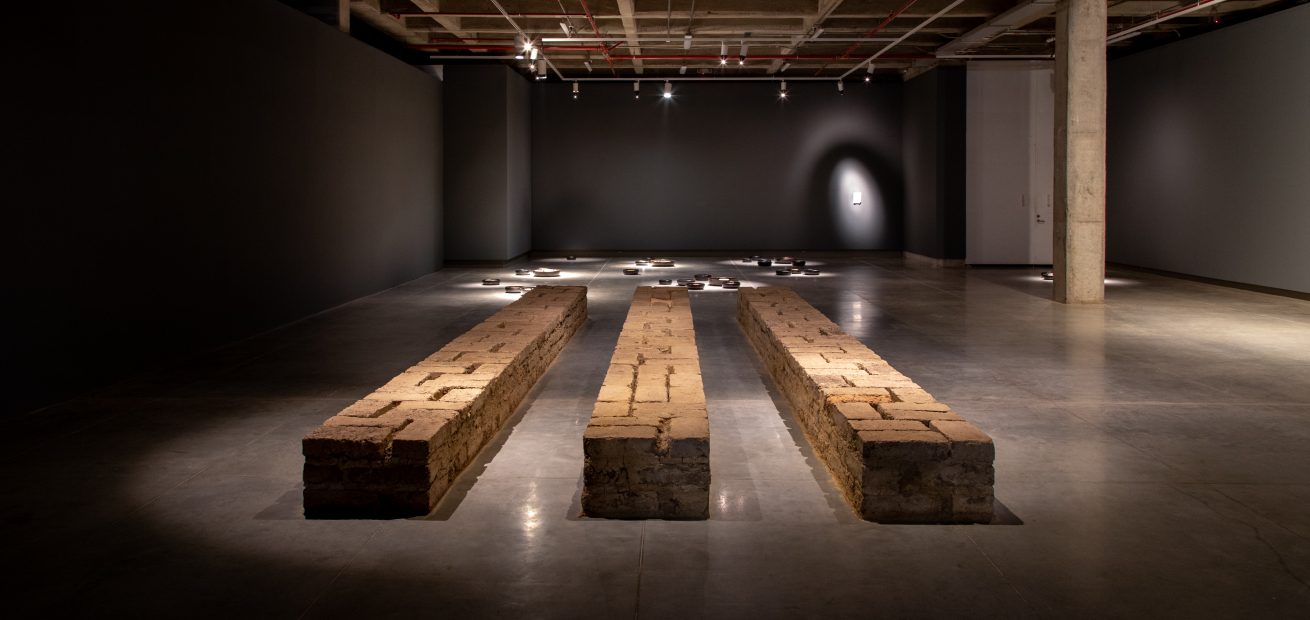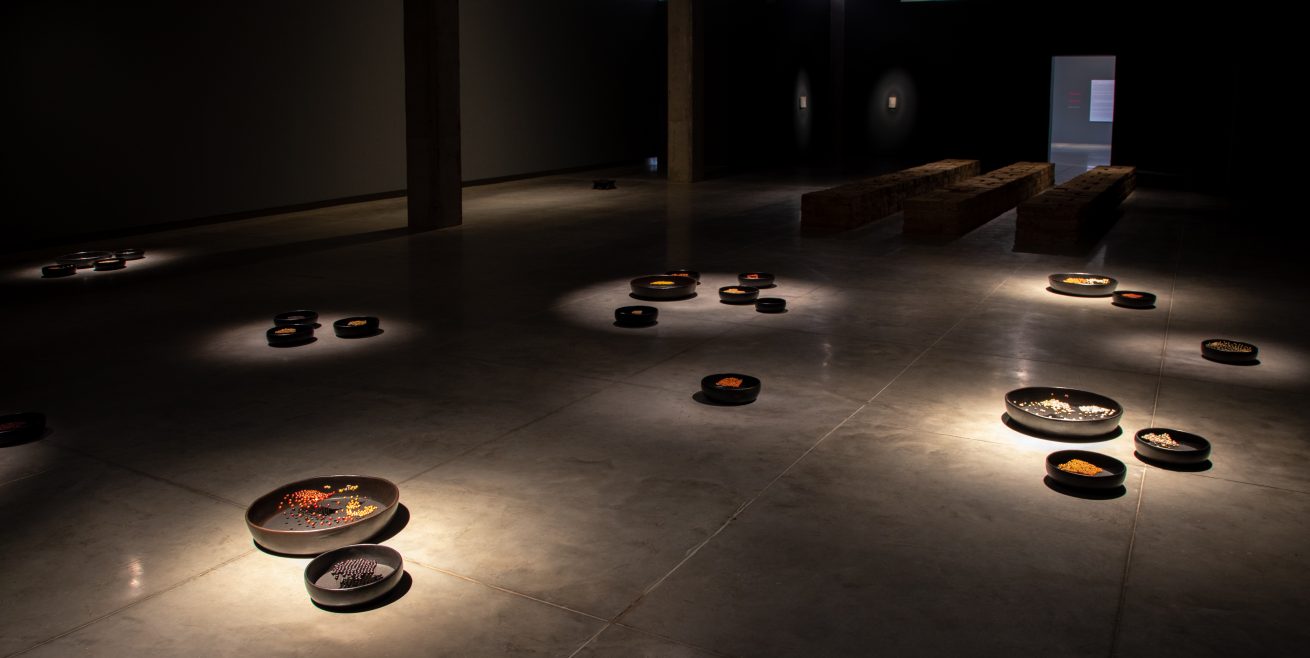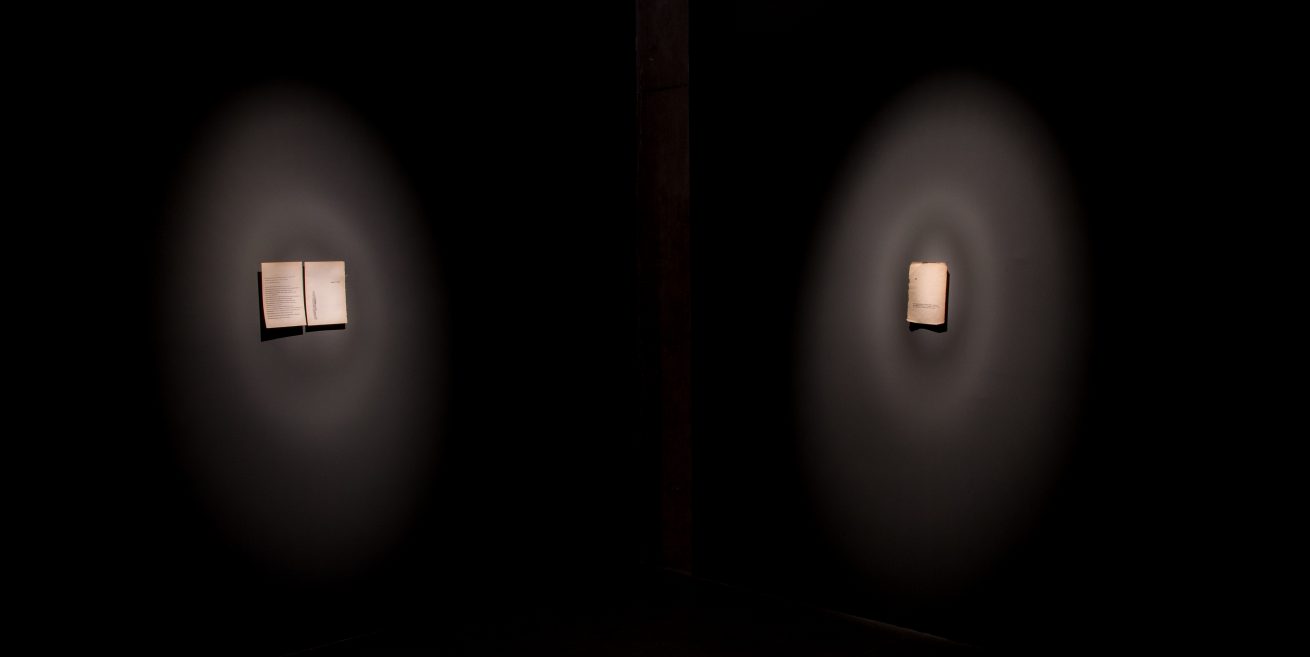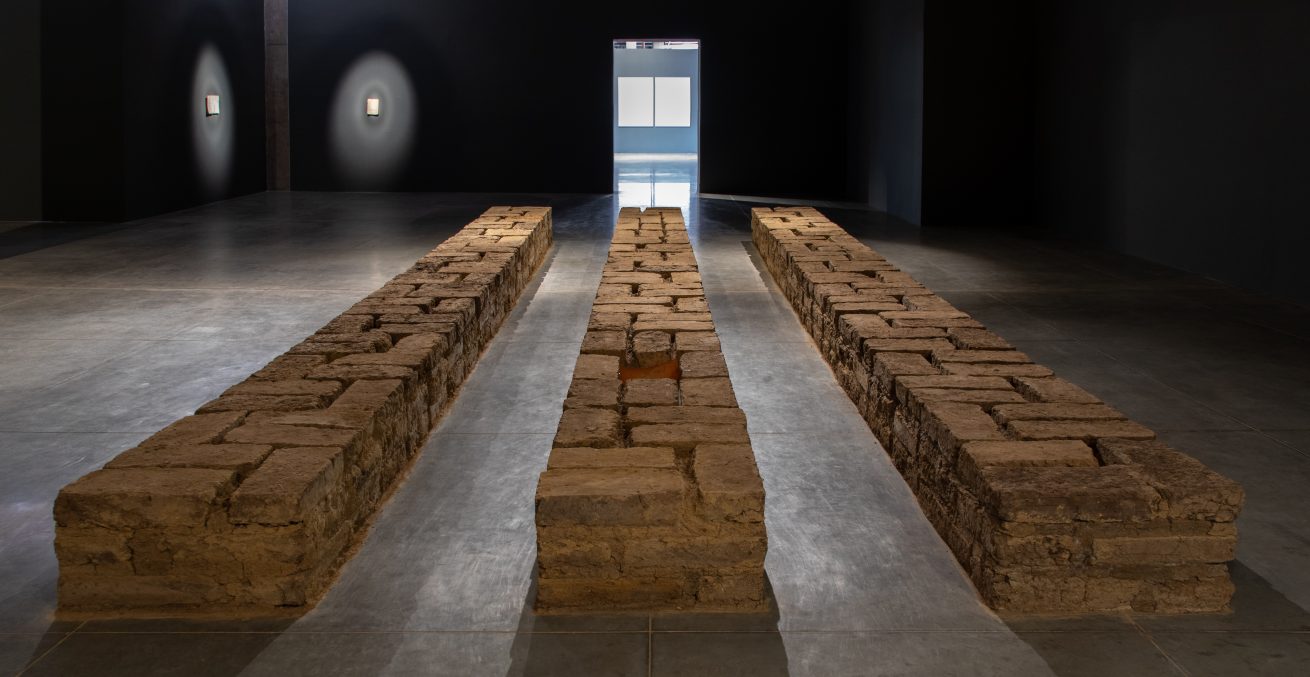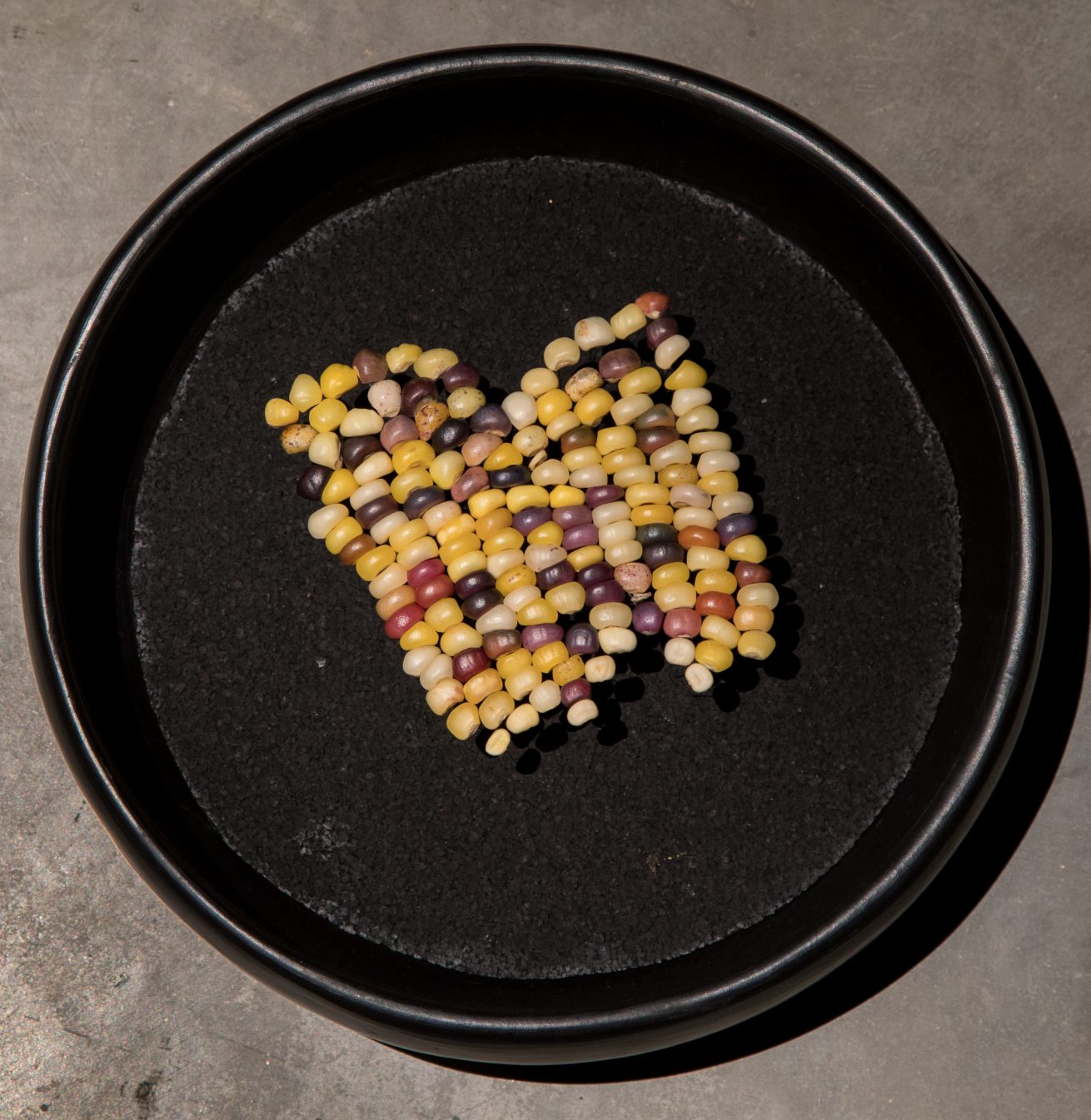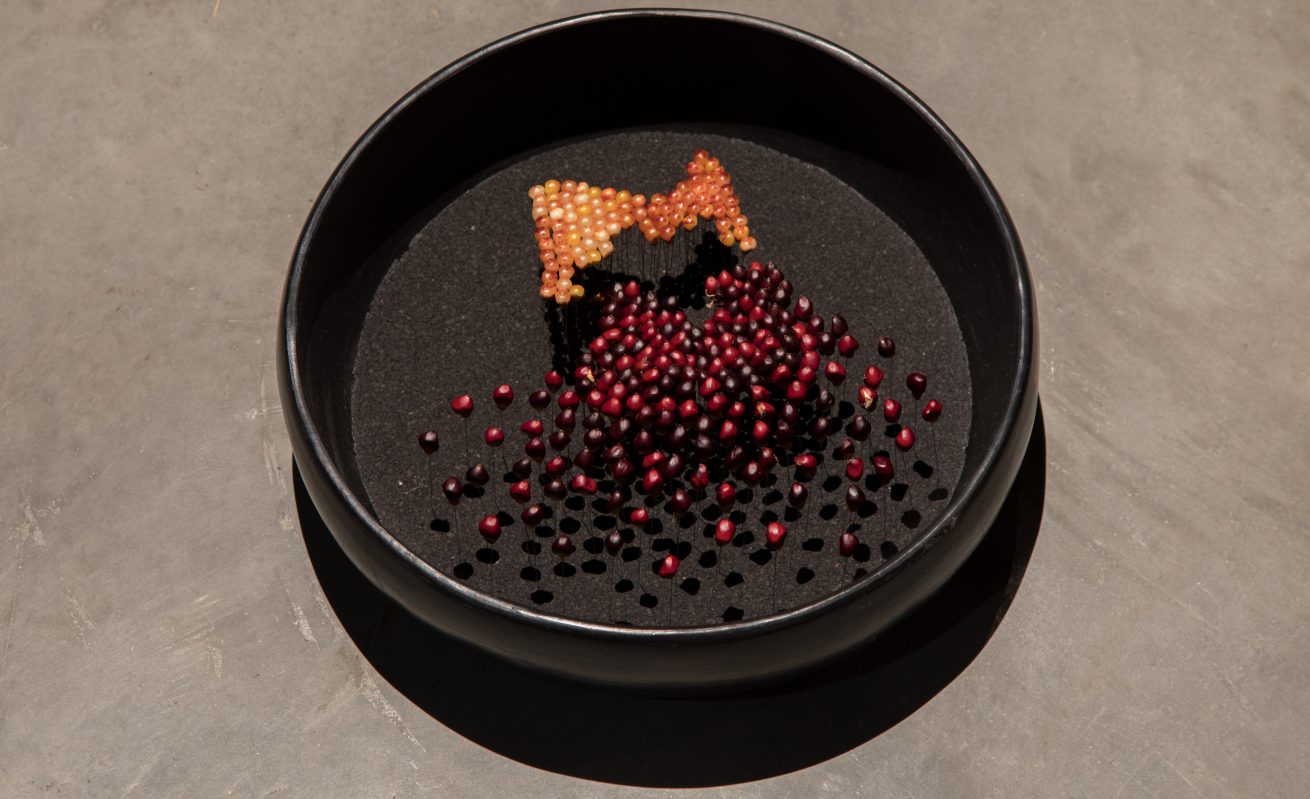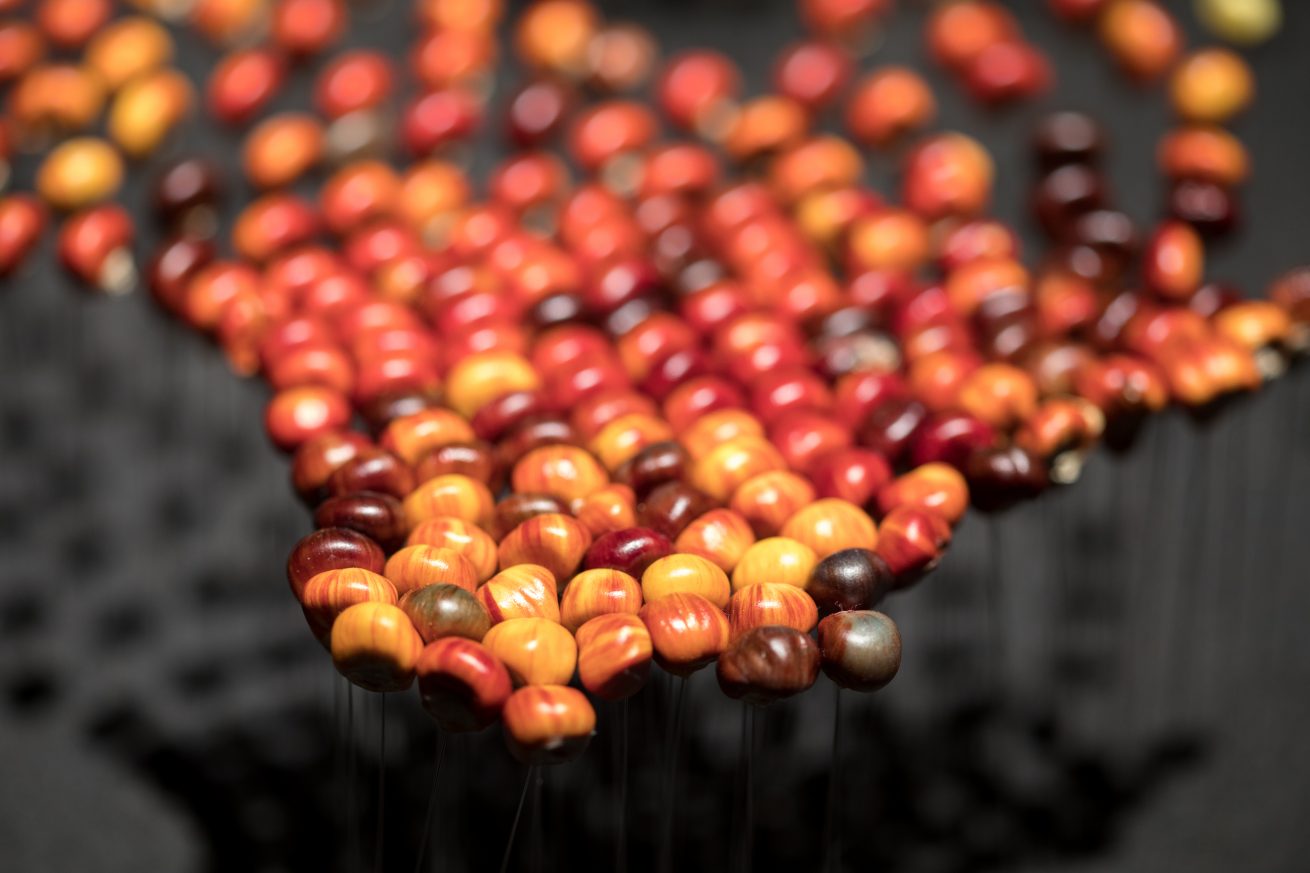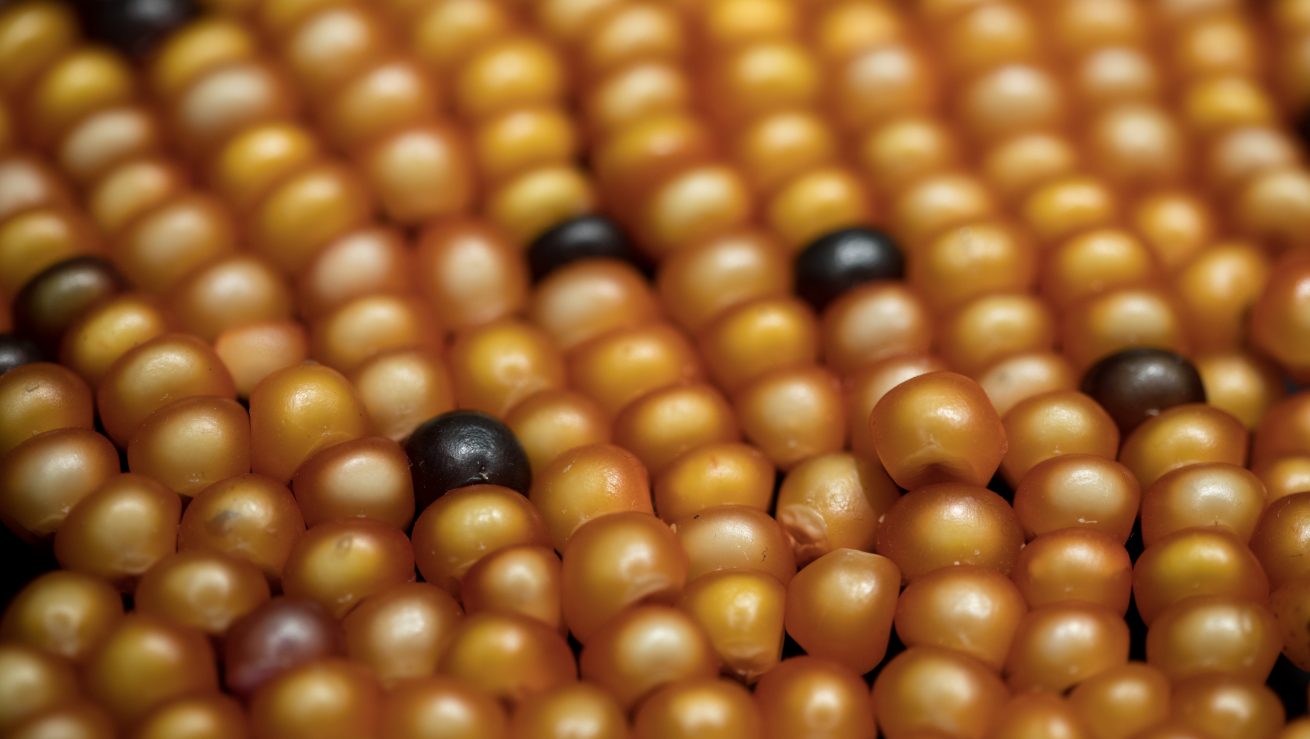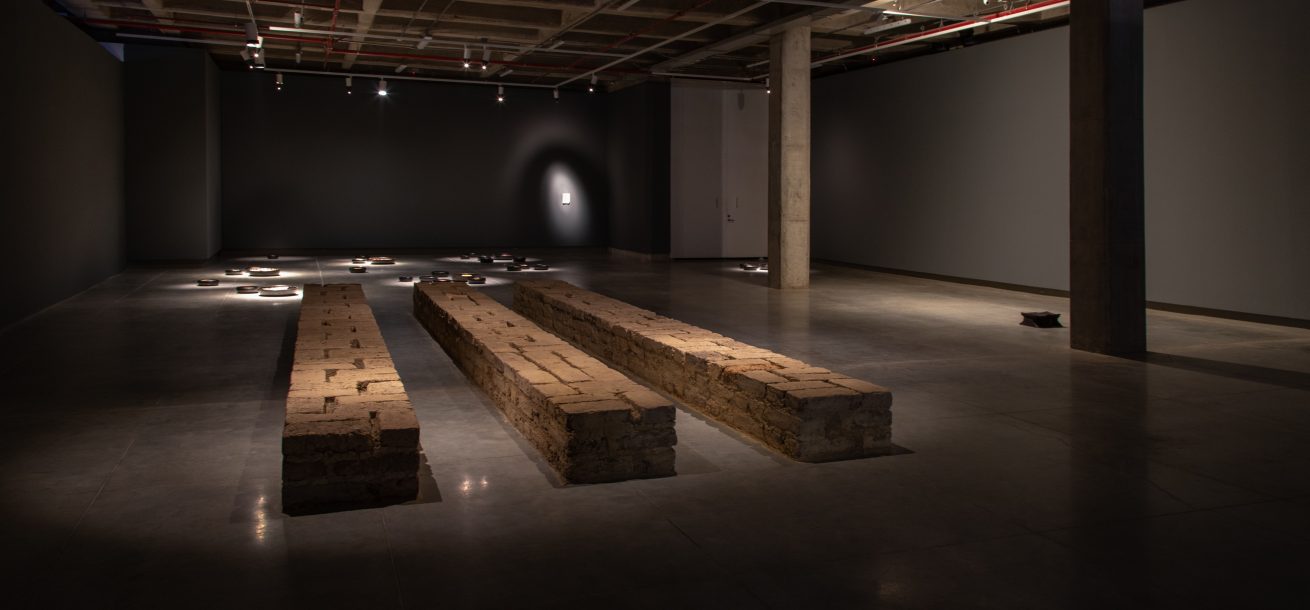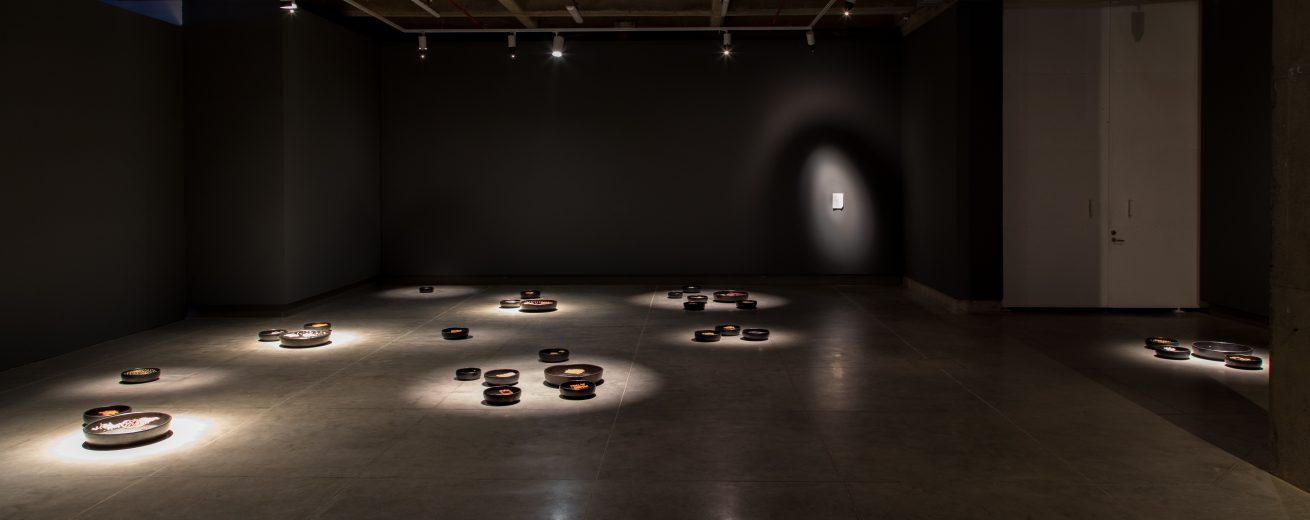Proyecto nominado a la décima versión del Premio Luis Caballero.
Del 13 de febrero de 2020 al 14 de agosto de 2020.
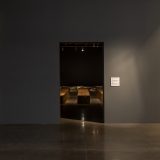
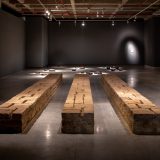
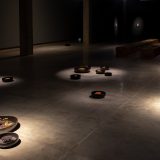

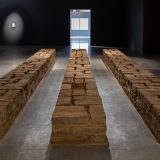
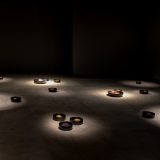

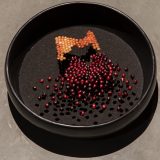
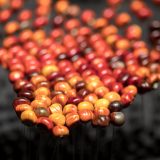
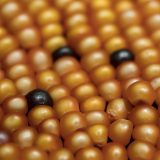

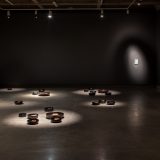
La Galería Santa Fe, ubicada bajo la Plaza de La Concordia, se toma aquí como subsuelo del mercado. Lugar del mundo de abajo, de semillas, tierra, minas de sal o la profundidad barrosa de las aguas donde vive el pez Capitán, el más antiguo habitante del río Bogotá. Tres elementos dan forma al espacio: un observatorio de maíz, un comedor conformado por una hilera de antiguos adobes traídos del Valle de Ubaté y los textos de una historia de búsqueda.
El observatorio reúne, en platos de La Chamba, variedades de maíz nativas del altiplano cundiboyacense. Estas semillas diversas y cambiantes en colores, manchas, patrones, dibujos, texturas y formas son maíz gato, pajarito, dominó, rojo, porva, arroz del custodio de semillas Fabriciano Ortiz, de Boyacá, y maíz pira nativo del mercado campesino del 20 de Julio. Las manchas en ellos son el reflejo de genes saltarines, que aseguran variabilidad y capacidad adaptativa.
Como prolongación del espacio de maíz, está el espacio de las aguas y su pez Capitán: la forma de esta mesa de tierra, donde se realizará el festín, es la de los antiguos camellones de siembra, cúmulos separados por canales de agua donde también se criaban peces y cangrejos. El espacio del comedor permite una comunicación necesaria y simbólica con la plaza de mercado, de donde bajan los alimentos para los dos encuentros: el de la inauguración y el convite para los defensores de los ríos.
Así las palabras y sus imágenes, el observatorio que es el universo todo y el comedor, narran las historias de esta Sabana de Bogotá y de quienes han salido a su encuentro.
One Time We Ate Maize and Fish
The Santa Fe Gallery, located below the Plaza de Mercado de La Concordia, acts as the market underground. It is a place reminiscent of the subterranean world: seeds, earth, salt mines, and the depths of the muddy waters that are home to the pez Capitán (a species of catfish), the oldest inhabitant of the Bogotá River. Three elements give form to the space: a maize observatory, a dining table made up of a row of ancient adobe bricks brought from Ubaté Valley, and the texts of a story of searching.
On La Chamba trays, the observatory gather varieties of maize native to the Cundiboyacense highlands. These seeds, distinct and diverse in color, markings, patterns, drawings, textures, and forms, include the gato, pajarito, dominó, rojo, arroz and porva varieties from seed guardian Fabriciano Ortiz’s and native popcorn from the 20 de Julio farmer’s market. Their stains reflect their jumping genes, which ensure variability and adaptive capacity.
As an extension of the space devoted to maize, there is a space for the waters that hold the pez Capitán: The shape of this earth table, where the feast will take place is that of the old sowing ridges, clusters separated by water channels where fish and crabs were also raised. The dining area allows for a necessary and symbolic connection to the marketplace where the food is brought from on two occasions: the opening and the banquet for the defenders of the rivers.
The words and its images, the observatory—the entire universe—and the dining area narrate the stories of the Bogotá Savanna and of those who have rallied to meet it.

